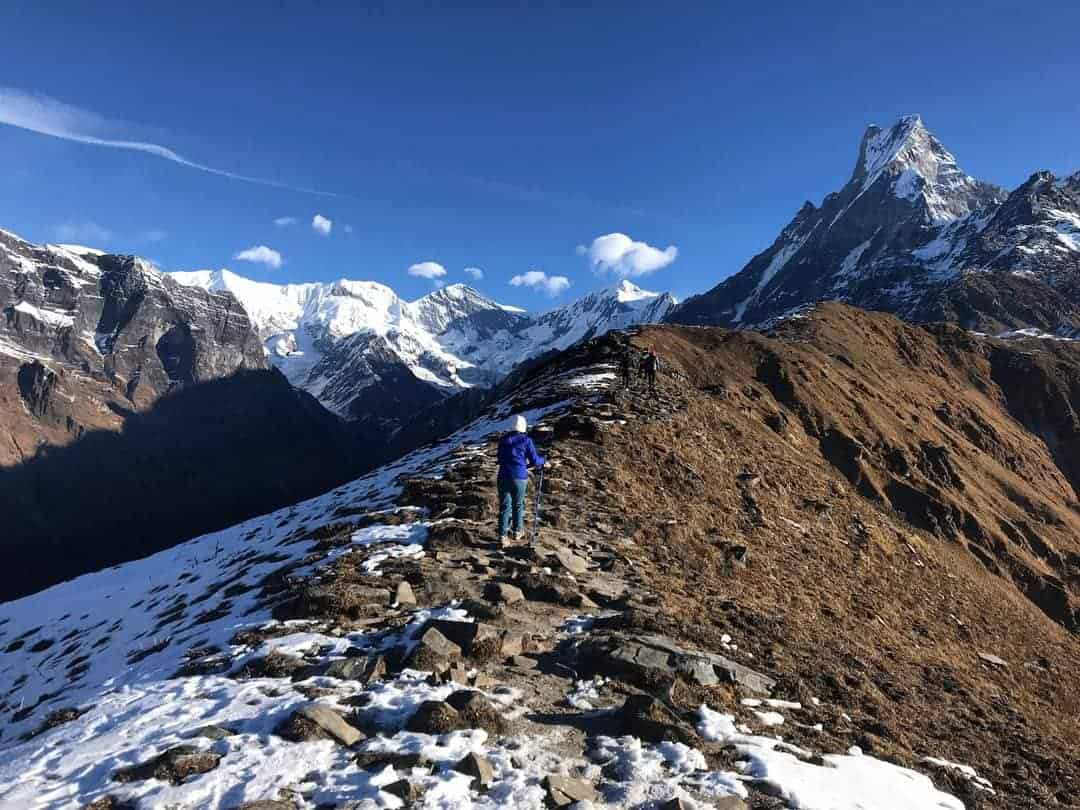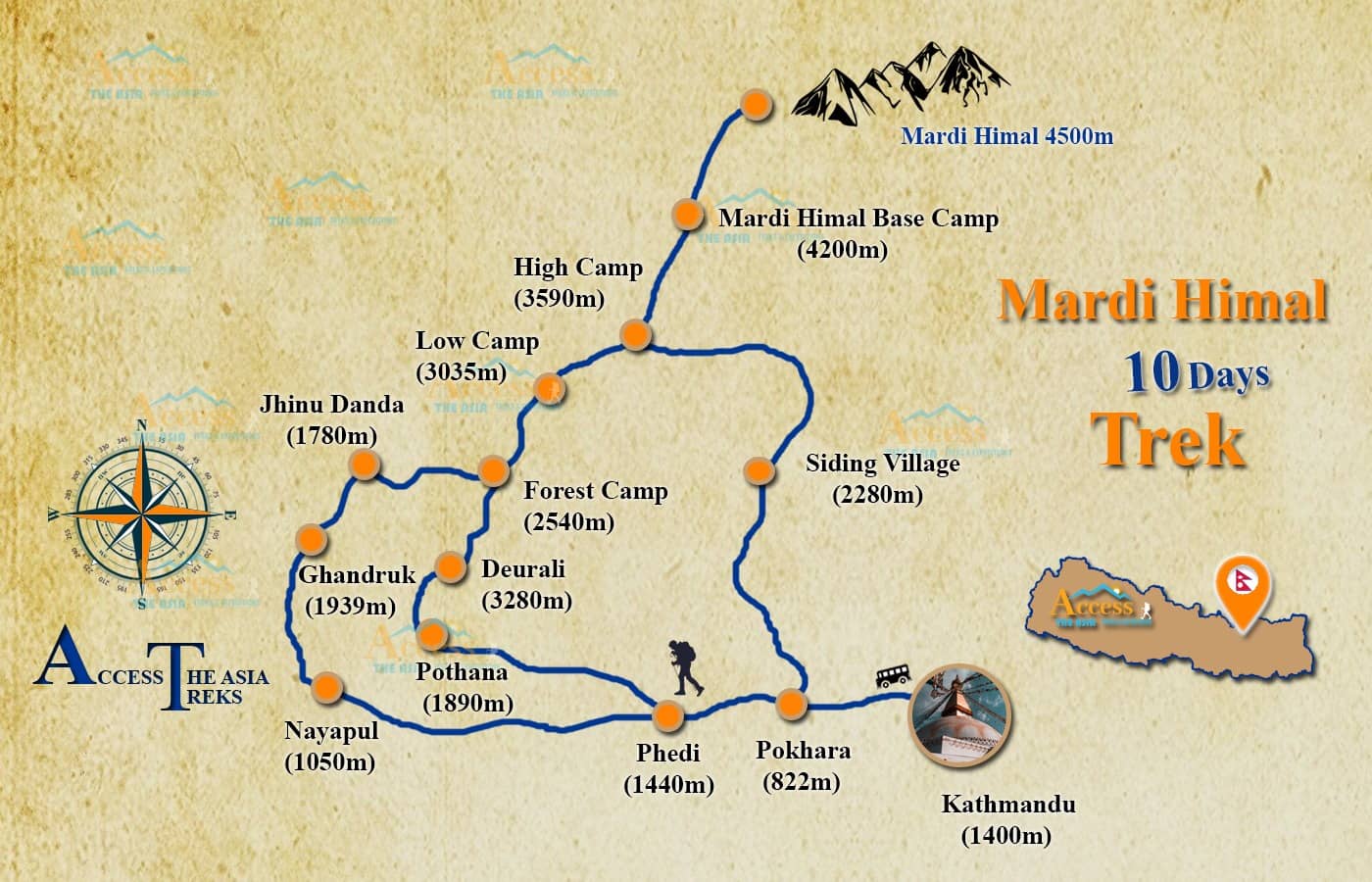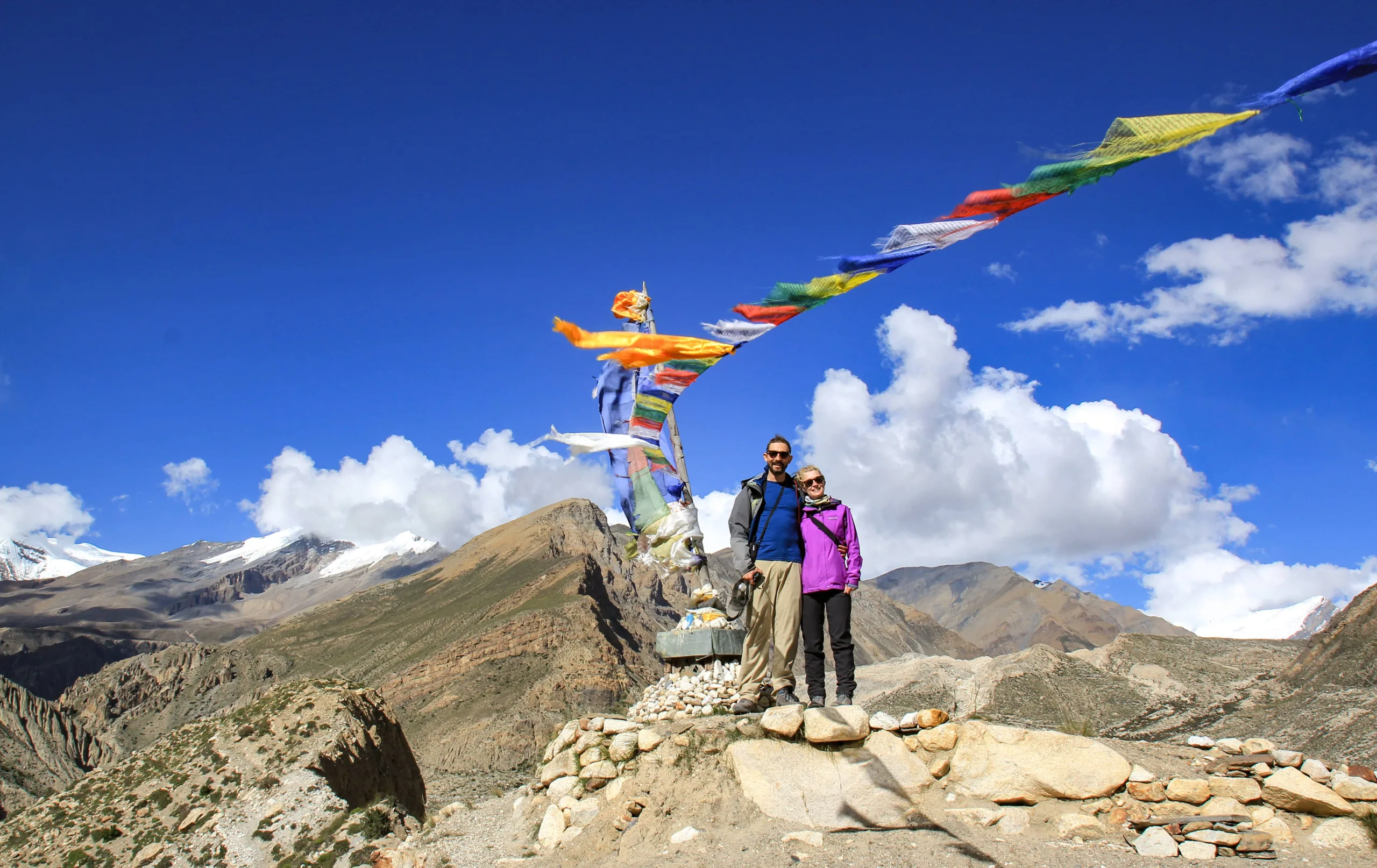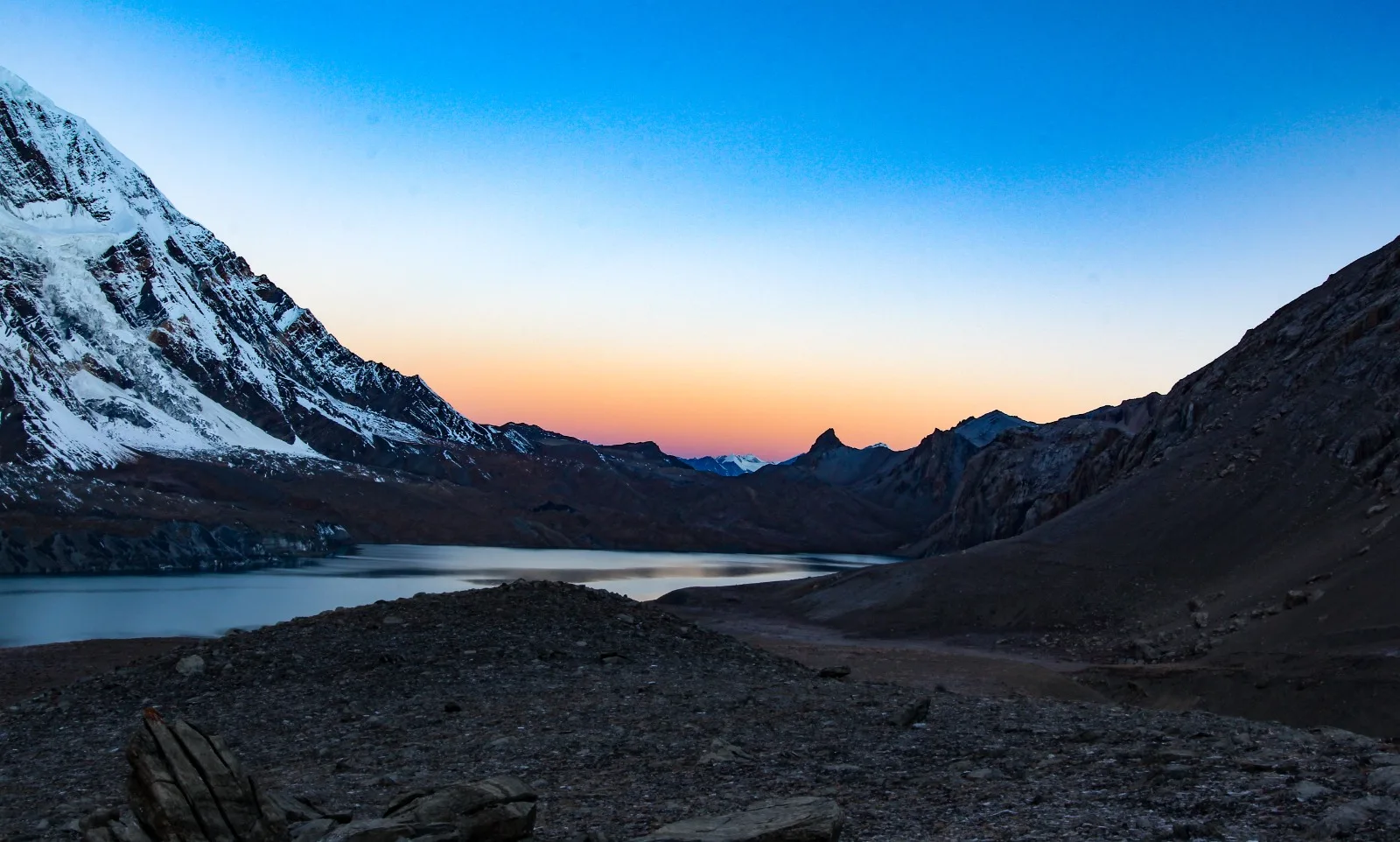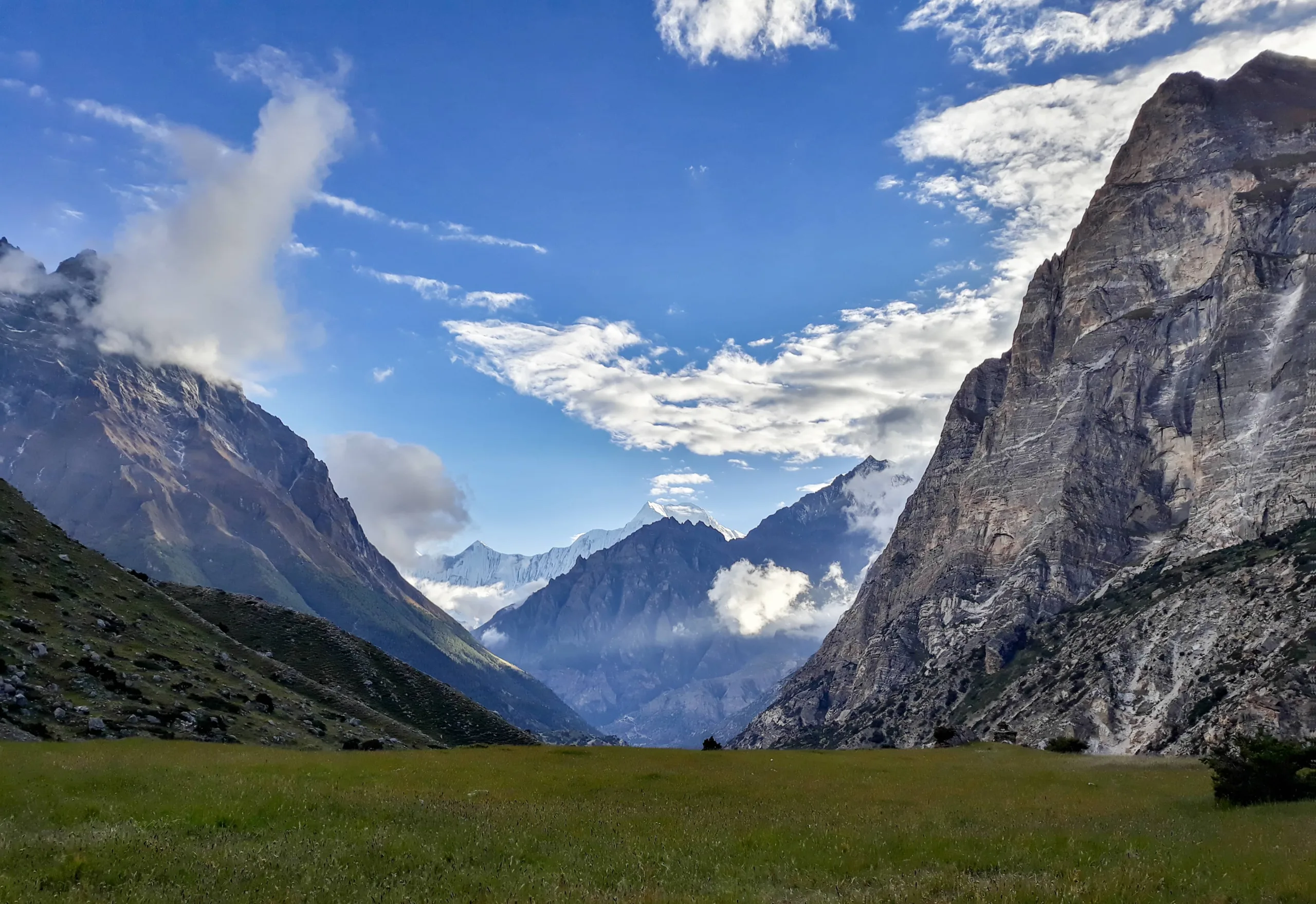Overview
Mardi Himal trek is one of the best trek for those who are seeking for short and less crowded. Every time a new trekking location is mentioned among the myriad others that lead into and out of the breathtaking Annapurna range, a slew of inquiries follow. What distinguishes this place from other travel destinations? The Mardi Himal walk, to start with, is unquestionably one of the best short treks and includes everything a perfect trek should have. Off-the-beaten-path destinations, lively hamlets, charming, peaceful footpaths, and the Himalayas in abundance. This expedition will take you south of the magnificent Annapurna I, across the foothills of the Annapurna Range (8,091m).The Gurung people live in this little-traveled region, and their culture and distinctive way of life reflect this sense of authenticity and exploration. The Mardi Himal Base Camp, one of the most sought-after locations for Himalayan views, is the perfect place to take in the breathtaking splendor of the Annapurna and Dhaulagiri Ranges.
Our journey across the Himalayas starts with a pleasant drive to the charming city of Pokhara. This beautiful city, which is referred to as the entrance to Annapurna, draws travelers from all over the world during any time of year. Before moving on, we will tour the World Peace Pagoda and Fewa Lake. The following day, we travel through the verdant woodlands to reach Kande. Our journey officially starts as we proceed for Forest Camp on our first night of travel. The trek ascends through gorgeous rivers and spectacular waterfalls to reach the Mardi High Camp, passing the Low Camp along the way. The journey is through lush green forests decorated with rhododendron blossoming in colours of red, white, and pink.We trek to the Upper viewpoint in the morning, where we can see the Dhaulagiri (8,167m), Hiunchuli (6,441m), Machhapuchhre (6,993m), Mardi Himal (6,687m), Annapurna South (7,219m), and many more Himalayan peaks. Before concluding our adventure back at Pokhara, we descend into Siding and take some time to take in the Himalayan splendor. The journey is over once you board a flight that returns you to Kathmandu.
Here at Access The Asia Treks share your passion for travel and are always up for a quick adventure, especially if it takes place in the Annapurna Region. You may enjoy this incredible experience worry-free thanks to itineraries designed with each individual in mind and knowledgeable guides. You get the best of both worlds since we offer the best bargains at reasonable prices.
TRIP HIGHLIGHTS
- Taking pleasure in the breathtaking natural splendor of the Annapurna Region
- Traveling via picturesque hamlets and off-the-beaten-path routes
- Arriving at the Mardi Himal base camp and taking in the Himalayas’ scenery.
- Learning about the Gurung people’s culture and traditions
Equipments
One of the most beautiful and difficult trekking locations in the world is the Annapurna Region To ensure your safety, comfort, and pleasure during your trek, the appropriate gear is crucial. When trekking in the Annapurna Region you should bring the following items, among others:
- Trekking boots: To safeguard your feet and stop injuries on the difficult landscape, you need sturdy trekking boots with an ankle support.
- Backpack: A sturdy, roomy backpack that is comfortable to wear and has space for all of your necessities, such as water, snacks, a camera, and additional clothing.
- Clothing: In the Everest region, layers are essential for keeping warm and cozy. Bring thermal undergarments, a fleece or down jacket, a shell that is waterproof, and trekking trousers. Bring a scarf, hat, and mittens as well for the cold conditions.
- Sleeping bag: A quality sleeping bag that is designated for temperatures below zero is necessary for keeping warm and comfortable at night.
- Trekking poles: When walking on rocky, steep ground, trekking poles offer support and help minimize the impact on your knees and ankles.
- Headlamp: For early morning starts, late-night hikes, and navigating through dark lodges and paths, a light is a necessity.
- Sunglasses: UV-protected, high-quality sunglasses are crucial for shielding your eyes from the glare of the snow and intense mountain sunshine.
- Water container and purification tablets: To ensure that you have access to pure drinking water throughout your trek, bring a reusable water bottle and water purification tablets.
- First aid box: In case of emergencies, having a simple first aid kit with bandages, antiseptic cream, pain relievers, and altitude sickness medication is crucial. The trekking leader also has the first aid kit for your safety.
Access the Asia Treks offers its customers a thorough packing list, equipment rental choices, and guidance on the best supplies for their trekking requirements. In order to complete their trek to the Mardi himal trek securely and comfortably, we want to make sure that our clients have all the required supplies.
ADVISORY
- Non-bio degradable materials are not allowed to dispose in the trekking route randomly.
- Proper follow of the guidance provided by the leader/guide of the trek.
- Alcoholic beverages and other intoxicating substances are highly discouraged.
- There might be the chances of bad weather so be prepared for the inconvenience caused by the unpredictable weather.
- Try to be mentally and physically prepared before this trek with few short hikes before this trek is highly recommended.
IMPORTANT THINGS REQUIRED
- Passport
- Few passport size photos for TIMS and other official documents
- Personal trekking equipment
- Snow goggles
- Personal handbag and luggage
- Snacks and sweets like chocolate bar (if required)
- Some personal items and sunscreen/sun cream
- Water bottle and hat
PRELIMINARY AND KEY NOTES
- Greeting ‘Namaste’ (your palms held together) is the most respectful and attractive way to greet somebody and is practiced profoundly.
- Accessibility of internet and phone calls can be made efficient using the mobile SIM Card provided by the company itself or you can buy easily in the local market. All you need is one passport sized photo and a photocopy of your physical passport in either case.
- There are lots of major cultural heritage sites in Kathmandu along with the ancient monasteries and sculptures. Photos are not taken unless you have asked for the permission.
- The nightlife in Kathmandu is mostly safe and concentrated in Thamel area, one of the busiest destinations for foreigners to hang out with varied options of bars, restaurants and other places to choose from. Somehow, other areas including small towns are closed before 10pm.
- Nepalese people are friendly, truly kind and incredibly welcoming as there is a phrase in Nepali culture ‘Guests equal Gods’. Out of the blue moon, there are several chances of being cheated. Saying this, you are somehow prone to possible travel scams. Keep yourself and your belongings safe, if you are travelling solo. It is highly recommended to have one experienced guide, taking safety into consideration.

